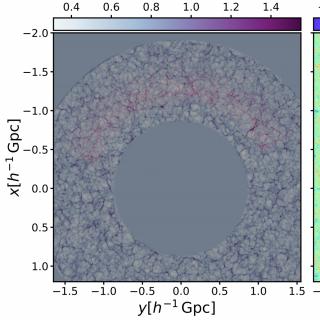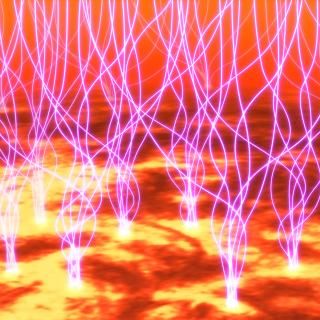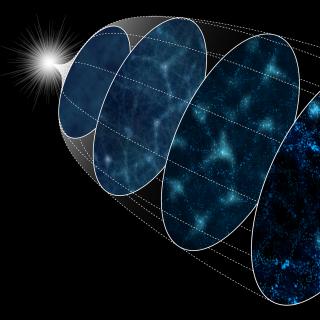
The Instituto de Astrofísica de Canarias (IAC) has led an international team which has developed an algorithm called COSMIC BIRTH to analyse large scale cosmic structures. This new computation method will permit the analysis of the evolution of the structure of dark matter from the early universe until the formation of present day galaxies. This work was recently published in the journal Monthly Notices of the Royal Astronomical Society (MNRAS).
Advertised on




